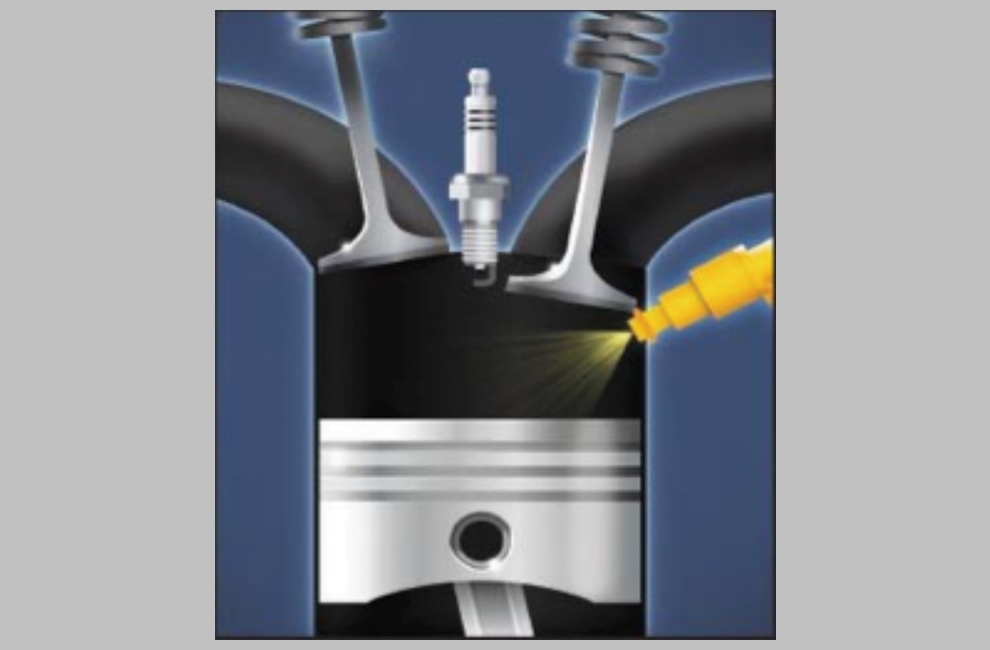For over 100 years, Gasoline Direct Injection has offered high performance sports vehicles a high-powered option. Times have changed. According
EPA reports, the use of GDI has exploded from a mere 2.3% to nearly half of all models produced annually, and all in less than a decade. GDI offers numerous advantages over conventional systems. But it presents just as many fresh challenges that you and your auto technician should be familiar with before a small problem balloons into a major one.
GDI systems offer a great improvement in power, torque, and fuel economy. While some lean burn engines operate on air-fuel ratios of 20:1, GDI approaches ratios in the range of 65:1 during light throttle conditions. GDI allows a smaller displacement engine to perform like a larger one, especially those equipped with a turbocharger. This means both better fuel efficiency and lower emission output. But letting engines punch above their weight class comes with a risk to look out for: carbon build-up on intake valves.
When carbon builds up too heavily on intake valves you can expect:
- Hard Starts.
- Odd fuel trim numbers.
- Misfire codes stored in memory.
- Engine shaking and vibrating the car on ignition.
- Turbulence in the air-fuel mixture that causes hot spots in the combustion chamber due to uneven fuel distribution and improper gas burning.
- Carbon chunks can dislodge, damaging pistons, rods, valves, and cylinder walls.
- Much more.
This carbon build-up can exacerbate an already major concern: fuel contamination. GDI bypasses intake valves when injecting fuel, which removes a beneficial fuel wash on the valves that conventional port fuel injection receives. And though some manufacturers have developed software to adjust the ignition spark and valve timing in order to control these carbon deposits, it isn’t always successful.
Carbon build-up isn’t alone in risking fuel contamination. Exhaust gas recirculation can complicate the situation. Likewise, unburned fuel and oil vapors are drawn back into the intake manifold via the positive crankcase ventilation valve. The intake valves get coated with chemicals that, due to seal seepage, can get baked onto the valves themselves. Because fuel detergents and cleaning supplements never touch the intake valves in a GDI system, fuel quality is a major issue in reducing these issues. And though manufacturers recommend using Top Tier fuels, getting ahead of these issues with regular cleanings is the key.
An important note is the correct use of lubricant, as an incorrect choice can lead to extended oil drain intervals. Closely follow the vehicle manufacturer’s recommendations when selecting lubricant, as using conventional oil in an engine that requires synthetic oil can lead to carbon build-up and major engine component failure.
Preventative maintenance is absolutely essential. Heavy carbon build-up can necessitate blasting the intake valves with walnut shells, an invasive clean with a $1200+ price tag. Instead, schedule a cleaning with vacuum-sourced chemicals annually or every 15K miles.
Learn more at https://www.mightyautoparts.com/.



Leave a Reply